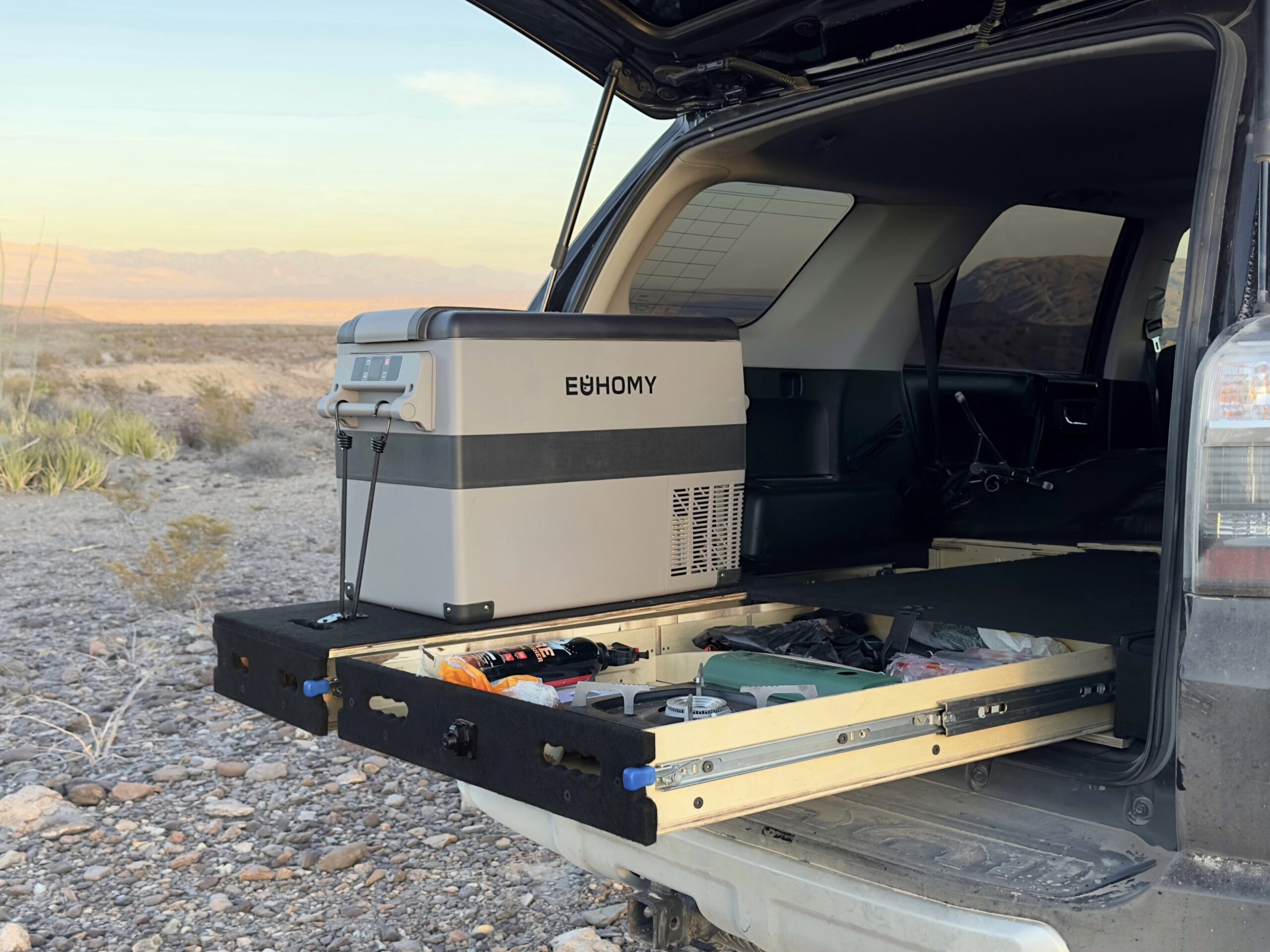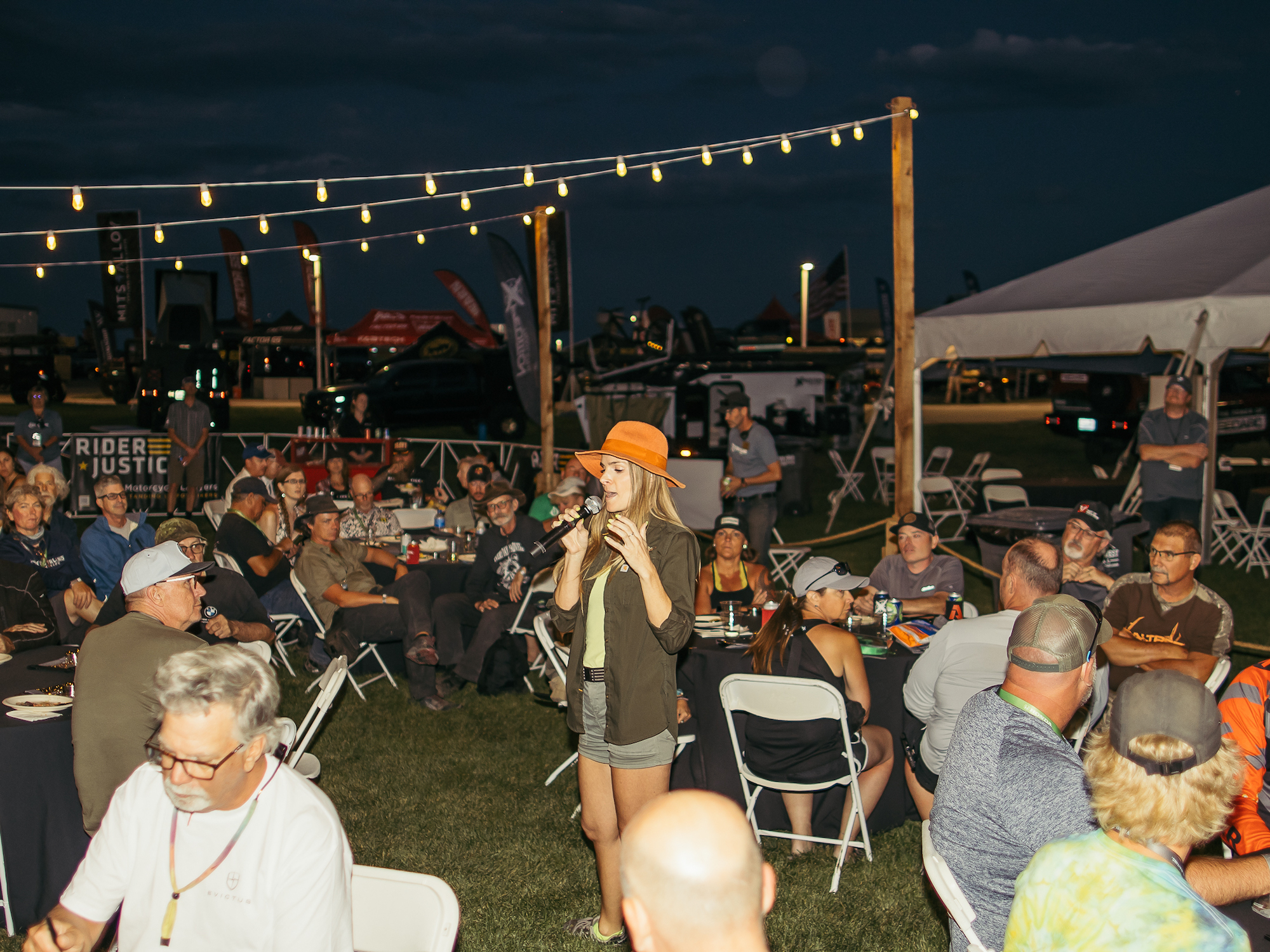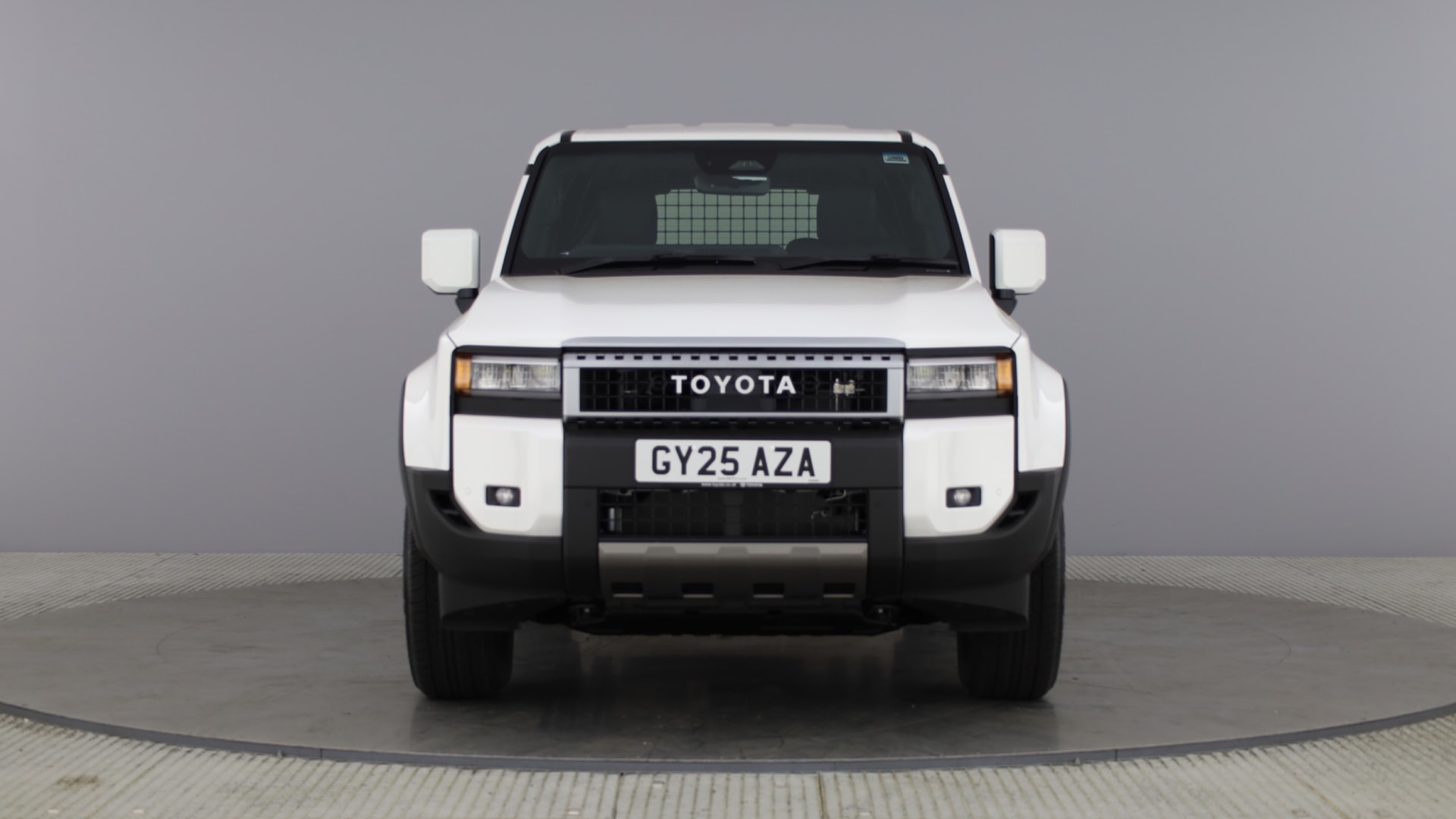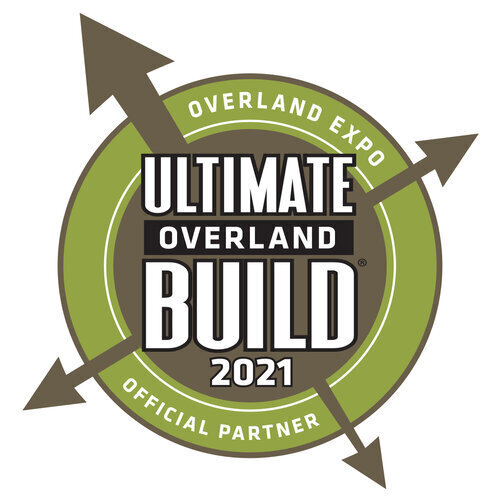
Stepping inside the fifth-generation Toyota 4Runner feels like coming home, whether you’ve ever stepped foot inside a 4Runner before or not. There’s just something comforting about the cabin. The big, chunky dashboard sits tall and proud in front of you with solid switchgear and ruggedized features. Gripping the thick steering wheel fills the driver with confidence and a sense that the 4Runner can handle just about anything. And the plentiful power that roars out of Toyota’s now-legendary 4.0-liter V6 is enthralling, as it’s fired up with the push of the ignition button.
Its friendliness and its comfortability are not the reasons we at Overland Expo chose the 4Runner TRD Off-Road as our base for the first-ever Ultimate Overland Build. No, we picked it because of its capability and reliability paired with the virtual ocean of aftermarket parts available for the fifth-gen 4Runner. These parts can quickly turn a bone-stock rig into a trail-taming champion.
Before we get to all of that, let’s look at the basics.
The Specs
Like I mentioned in the introduction, the fifth-gen 4Runner is powered by a 4.0-liter naturally aspirated V6 that produces 270 horsepower and 278 foot-pounds of torque. That power is routed to the rear wheels through a five-speed automatic transmission and out to a two-speed transfer case that can send power to either the rear or all four wheels in both 4Hi and 4Low.
Thanks to its truck-based, body-on-ladder-frame construction, the 4Runner is rated to tow 5,000 pounds. Certainly, this isn’t the most in its class. That’s more than enough to pull a modest off-road trailer, should you opt to add one to your overland kit.
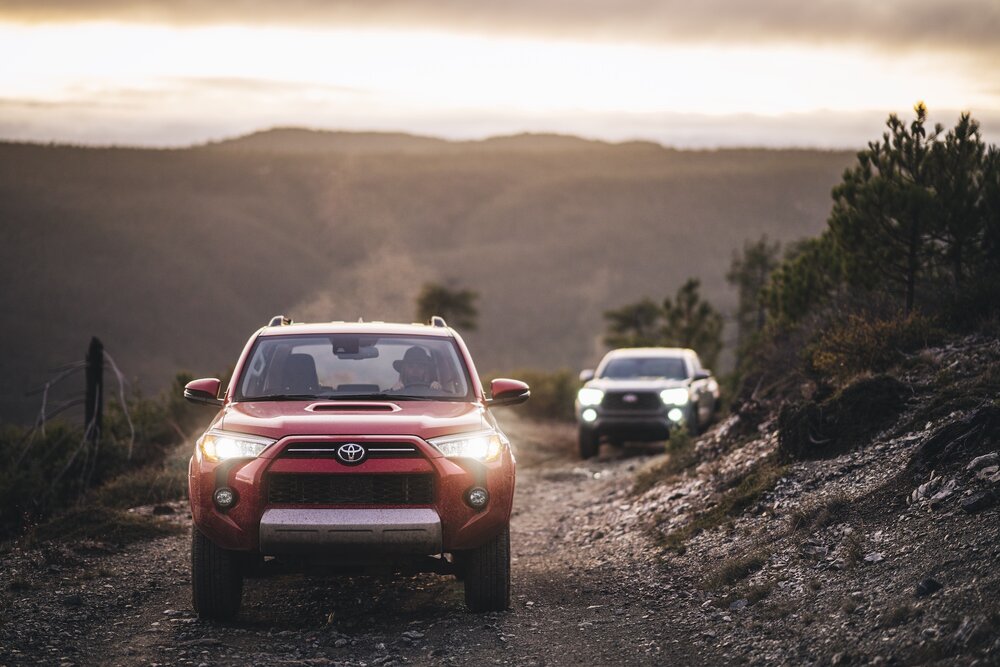
Photo: Toyota
The 4Runner is rated at 16 miles per gallon in the city and 19 mpg on the highway. And it boasts a 23-gallon fuel tank. That’s roughly 437 miles of range per tank — you know, at best. Nevertheless, that range adds a lot of security when it comes to overlanding. You never have to worry too much about running out of fuel, especially if you carry an extra fuel can (and you should).
Speaking of capacities, the 4Runner offers just over 46 cubic feet of rear cargo area, with the rear seats up. That means you can seat five folks and a heap of gear in the rear. We have special plans for that rear cargo hold. But it’s more than an ample starting point.
Even though the base 4Runner TRD Off-Road is awesome out of the box, we did choose one important option, the Kinetic Dynamic Suspension System (KDSS). It’s a suspension system that can tell when the vehicle is on uneven ground and could benefit from additional suspension travel. It can automatically free up the suspension to articulate further, ensuring tires’ connection with the trail. The truck will also automatically disengage KDSS when back on more level ground, so that the on-highway ride remains flat and competent. It’s the best of both worlds — and nothing you have to think about. The 4Runner will handle it for you.
The other option we picked was premium sound. Because who doesn’t want bumpin’ tunes on the trail?
If you’re wondering why we chose the TRD Off-Road instead of the TRD Pro it’s for a couple reasons. First, the TRD Pro doesn’t include the aforementioned KDSS option, which we think is a must-have if you’re going for the 4Runner. Secondly, most of the upgrades the TRD Pro includes are things we’ll be replacing, like the shocks and skid plates. The TRD Off-Road gave us the valuable rear locking differential we desired without adding costly extras that would wind up in the pull-off pile. We’d rather do addition than subtraction and addition.
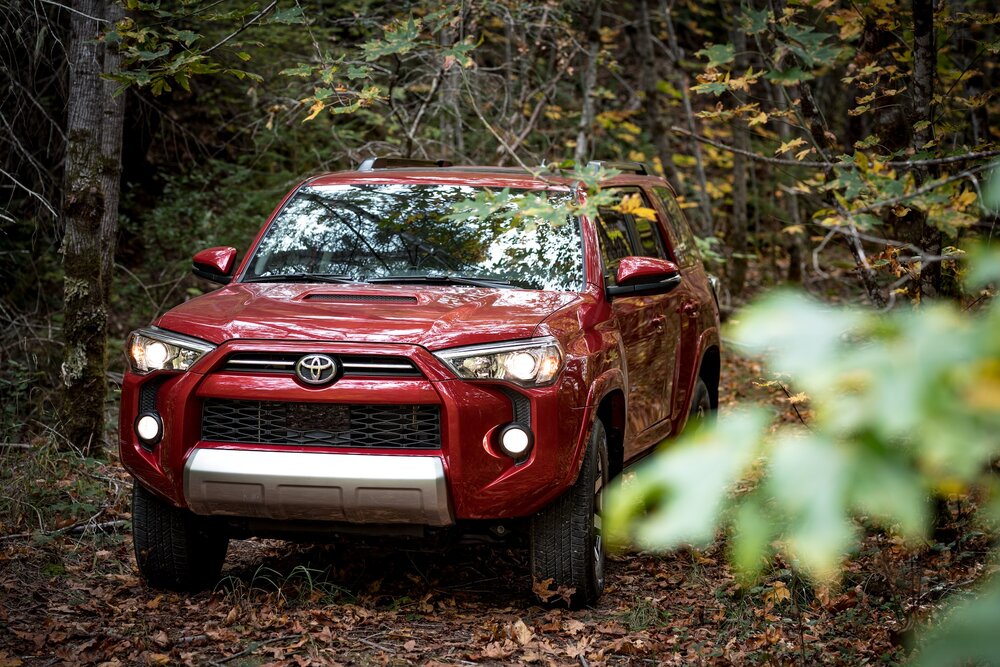
Photo: Toyota
Another benefit of the 4Runner is Toyota’s suite of off-road systems, including Adaptive Traction Control (A-TRAC), Multi-Terrain Select, and Crawl Control — all systems we’ll be excited to put to the test during our trips with the fully built rig.
Toyota brand’s standard safety features were also a big draw for us. Toyota includes advanced collision avoidance systems in all its brand-new vehicles, regardless of model or trim level. This includes Adaptive Cruise Control. Although ACC shouldn’t be used on the trail, it’s an absolute delight on highway stints between backcountry tracks.
The drive
If it weren’t already obvious from how we described the features of the 4Runner, we find the driving experience of the rig comfortable and confidence inspiring. It’s that special blend of old-school charms and newfangled technology that makes you feel like you can handle a hairy trail as well as thousands of miles of highway with equal ease.
Despite having a truck ladder frame, the 4Runner is really compliant in the corners. Body lean is minimal, handling is flat, and the direct feel of hydraulic power steering is hefty and communicative — you know exactly what the tires are doing at all times.
Four-wheel disc brakes slow even a heavy rig like an outfitted 4Runner to a standstill very quickly and without drama. And outward visibility is very good, especially considering the high belt line of the rig and its large hood.
Under that hood is one of the 4×4 market’s all-time gems, the 4.0 V6. It’s not the torquiest motor out there, but it delivers gobs of power to the tried and true five-speed automatic transmission at the tap of your right foot.
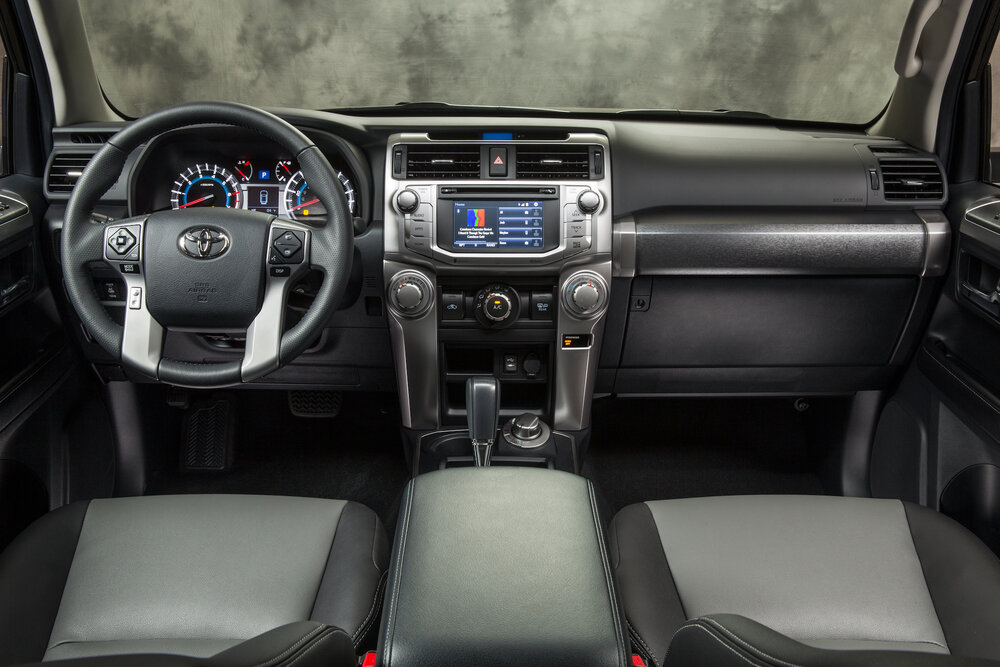
Photo: Toyota
You might expect to feel like you’d have to sacrifice some things to get into a rig that can go 200,000 miles without flinching, drive like a modern vehicle on the street, and cruise trails like an old-school 4×4. However, with the 4Runner, you don’t. People have chastised Toyota for not updating the 4Runner in 11 years. If it ain’t broke, don’t fix it we say. It’s both comforting and refreshing to be able to get a rig that plays nicely on the cutting edge as well as the backcountry.
More to come
Of course, this is just the tip of the iceberg, as the old trope goes. The impressive 4Runner is just the start. We’re going to throw tens of thousands of dollars at this rig, as we transform it into the Ultimate Overland Vehicle this spring. We cannot wait to show you the final result.
You’ll have to join us at the Overland Expo Mountain West event in Loveland, Colorado on August 27th, 2021 to see what all we added to it. More than just underscore the incredible products our incredible brand partners offer for the 4Runner, we hope our build inspires you to build your own rig be it one you already own or something you’re currently shopping for.
In the meantime, we encourage you to read up on all the gear we have lined up for the vehicle.
Header image: Toyota
